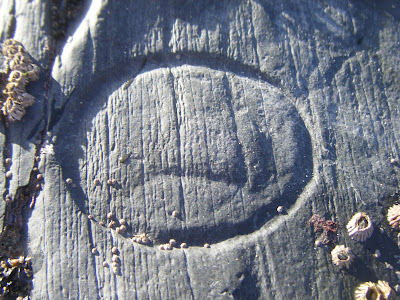Ireland is home to 12 species of breeding orthopterans (grasshoppers and crickets), with five of these being classed as crickets or bush crickets (1). It is only in the last thirty five years that three of these have been recorded, with Pholidoptera griseoaptera, the Dark Bush Cricket, being first recorded as 1983 (2). This trend may be due to the lack of attention that Irish orthopterans have been paid in the past, or may be a phenomenon that has been seen in European dragonflies, that of the spread of certain species from the center of mainland Europe to its peripheries.
 |
| Female Southern Oak Bush Cricket, Meconema meridionale |
This is most evident in the case of the Southern Oak Bush Cricket, Meconema meridionale. This species was thought to be an exclusively Southern European species, but has extended its range and during the 1990's was to be found in France, Holland and Belgium (3). In 2001 it had reached Britain (4), being discovered in three localities in England from where it has steadily spread. This introduction was though to have been via imported horticultural material and given the strong trade links between Britain and Ireland it is assumed it can only be a short time before M. meridionale reaches Irish shores. And so it has proved to be. On the 9th of November last, I spotted a female adult M. meridionale on a limestone pillar at the entrance to a building on the Western Road in Cork city. The weather at that point had been unseasonably warm and when I first saw it I assumed it was the closely related (and Irish native) the Oak Bush Cricket (Meconema thallasinium), a species often seen close to houses and other buildings. However this individual was lacking in the distinctive long, green wings associated with M. thallasinium and was in fact brachypterous (having abnormally small wings). This is the distinguishing feature of the otherwise almost identical M. meridionale. This may be an errant traveling individual, but the species recent range expansion points to the discovery of a breeding population in Ireland being a very distinct possibility in the not too distant future.
References:
References:
- Haes and Harding, 1997. Atlas of grasshoppers, crickets and allied insects in Britain and Ireland
- O'Connor and O'Connor, 1985. Entomologists' Gazette 36 pp. 229-232
Maclean, 2010. Silent Summer: The State of Wildlife in Britain and Ireland p. 533
Hawkins, 2001. British Journal of Entomology and Natural History 14 pp. 207-213

